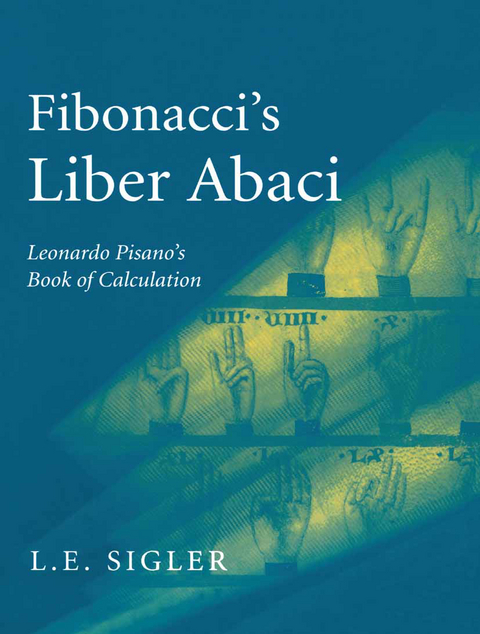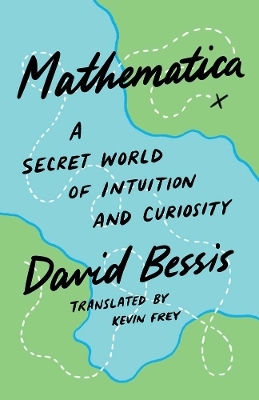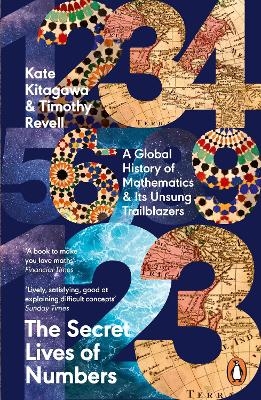
Fibonacci’s Liber Abaci
Springer-Verlag New York Inc.
978-0-387-95419-6 (ISBN)
First published in 1202, Fibonacci's "Liber abaci" was one of the most important books on mathematics in the Middle Ages, introducing Arabic numerals and methods throughout Europe.
Its author, Leonardo Pisano, known today as Fibonacci, was a citizen of Pisa, an active maritime power, with trading outposts on the Barbary Coast and other points in the Muslim Empire. As a youth Fibonacci was instructed in mathematics in one of these outposts; he continued his study of mathematics while traveling extensively on business and developed contacts with scientists throughout the Mediterranean world. A member of the academic court around the Emperor Frederick II, Leonardo saw clearly the advantages for both commerce and scholarship of the Hindu positional number system and the algebraic methods developed by al-Khwarizmi and other Muslim scientists.
Though it is known as an introduction to the Hindu number system and the algorithms of arithmetic that children now learn in grade school, "Liber abaci" is much more: an encyclopaedia of thirteenth-century mathematics, both theoretical and practical. It develops the tools rigorously, establishing them with Euclidean geometric proofs, and then shows how to apply them to all kinds of situations in business and trade - conversion of measures and currency, allocations of profit, computation of interest, alloying of currencies, and so forth. It is rigorous mathematics, well applied, and vividly described.
As the first translation into a modern language of the "Liber abaci", this book will be of interest not only to historians of science, but to all mathematicians and mathematics teachers interested in the origins of their methods.
I Introduction.- I Introduction.- II Liber Abaci.- 1 Here Begins the First Chapter.- 2 On the Multiplication of Whole Numbers.- 3 On the Addition of Whole Numbers.- 4 On the Subtraction of Lesser Numbers from Greater Numbers.- 5 On the Divisions of Integral Numbers.- 6 On the Multiplication of Integral Numbers with Fractions.- 7 On the Addition and Subtraction and Division Of Numbers with Fractions and the Reduction of Several Parts to a Single Part.- 8 On Finding The Value of Merchandise by the Principal Method.- 9 On the Barter of Merchandise and Similar Things.- 10 On Companies and Their Members.- 11 On the Alloying of Monies.- 12 Here Begins Chapter Twelve.- 13 On the Method Elchataym and How with It Nearly All Problems of Mathematics Are Solved.- 14 On Finding Square and Cubic Roots, and on the Multiplication, Division, and Subtraction of Them, and On the Treatment of Binomials and Apotomes and their Roots.- 15 On Pertinent Geometric Rules And on Problems of Algebra and Almuchabala.- 16 Notes for Liber abaci.- 17 Bibliography.
| Erscheint lt. Verlag | 10.9.2002 |
|---|---|
| Reihe/Serie | Sources and Studies in the History of Mathematics and Physical Sciences |
| Zusatzinfo | VIII, 638 p. |
| Verlagsort | New York, NY |
| Sprache | englisch |
| Maße | 178 x 254 mm |
| Themenwelt | Literatur ► Essays / Feuilleton |
| Mathematik / Informatik ► Mathematik ► Geschichte der Mathematik | |
| ISBN-10 | 0-387-95419-8 / 0387954198 |
| ISBN-13 | 978-0-387-95419-6 / 9780387954196 |
| Zustand | Neuware |
| Haben Sie eine Frage zum Produkt? |
aus dem Bereich


